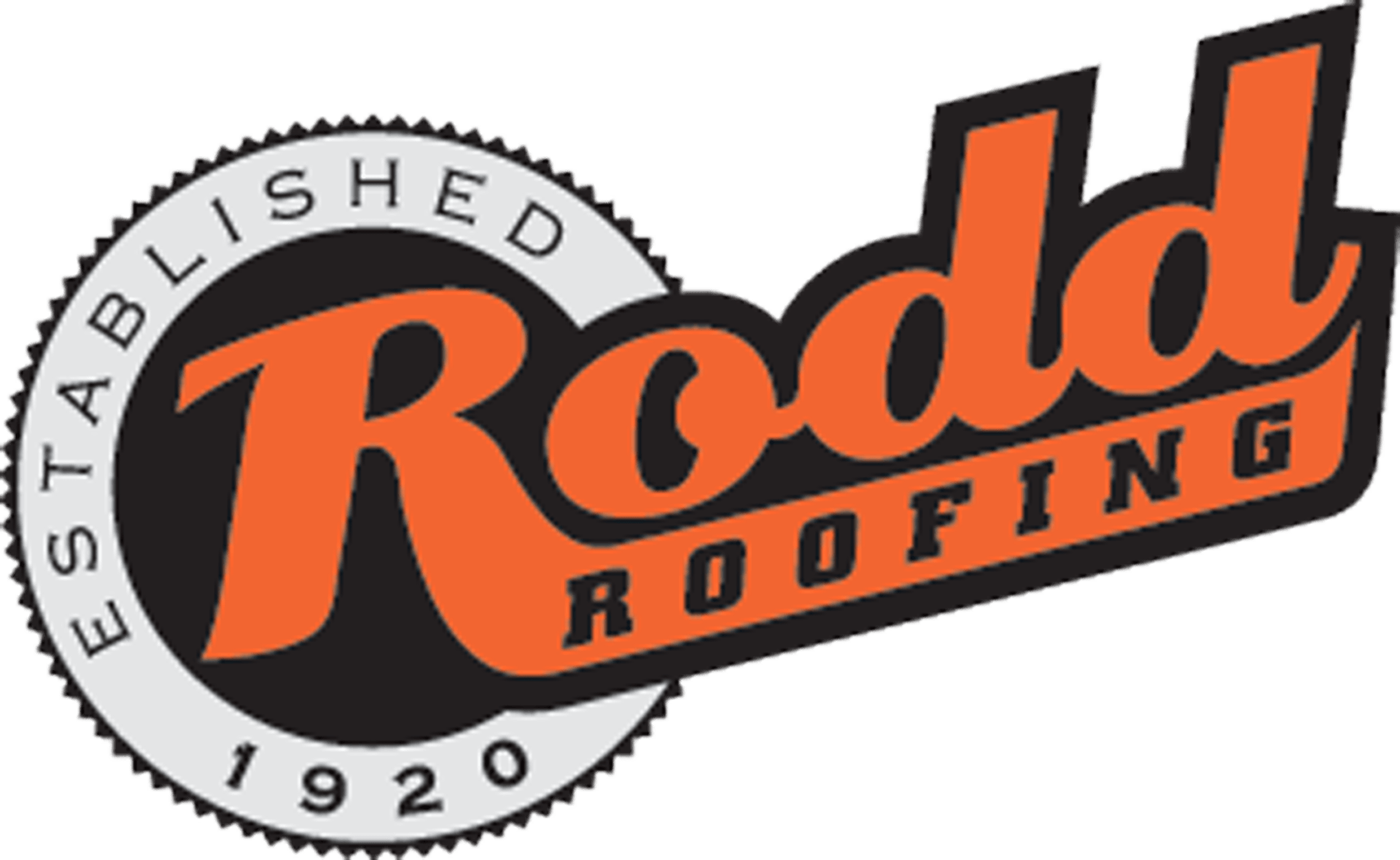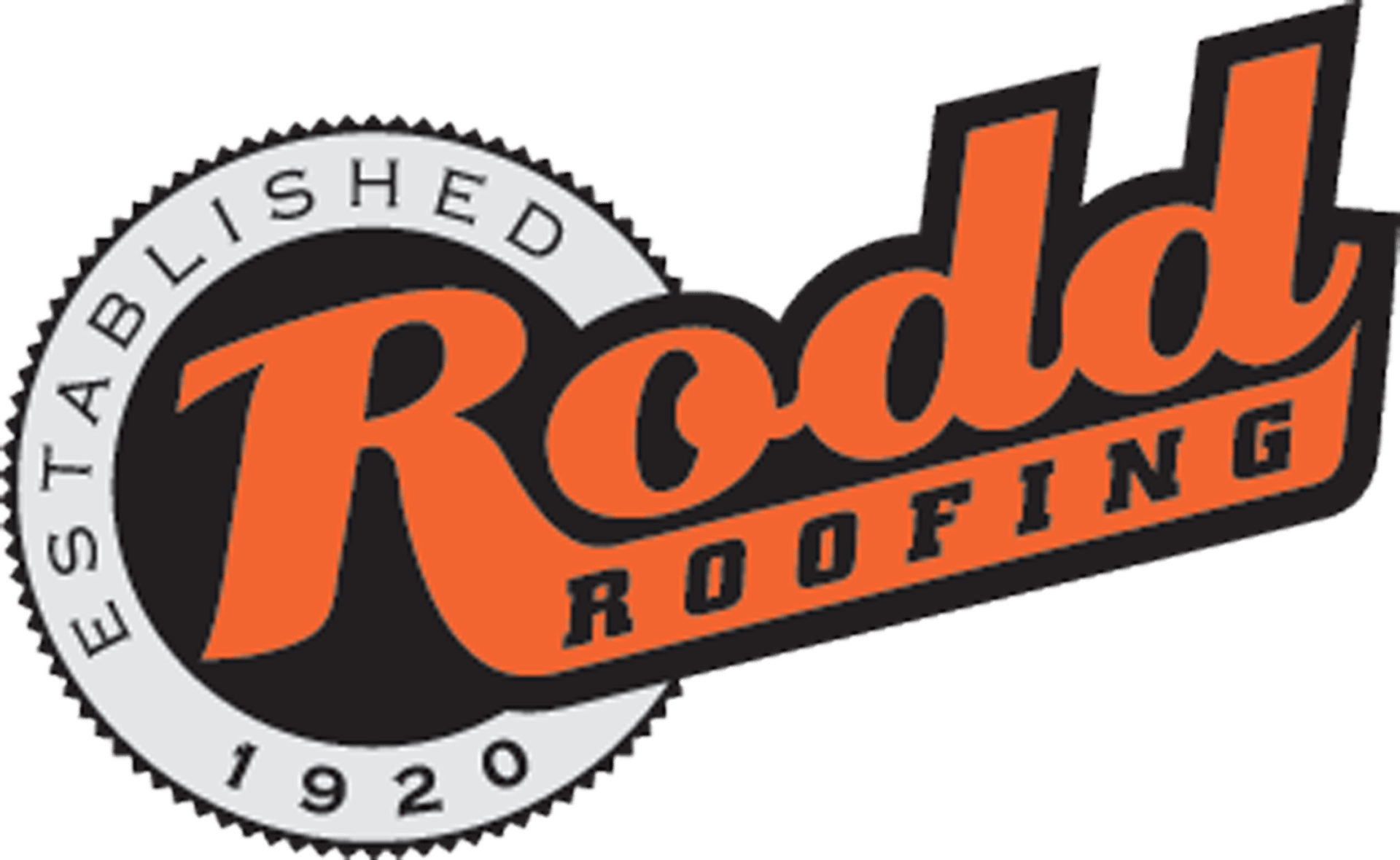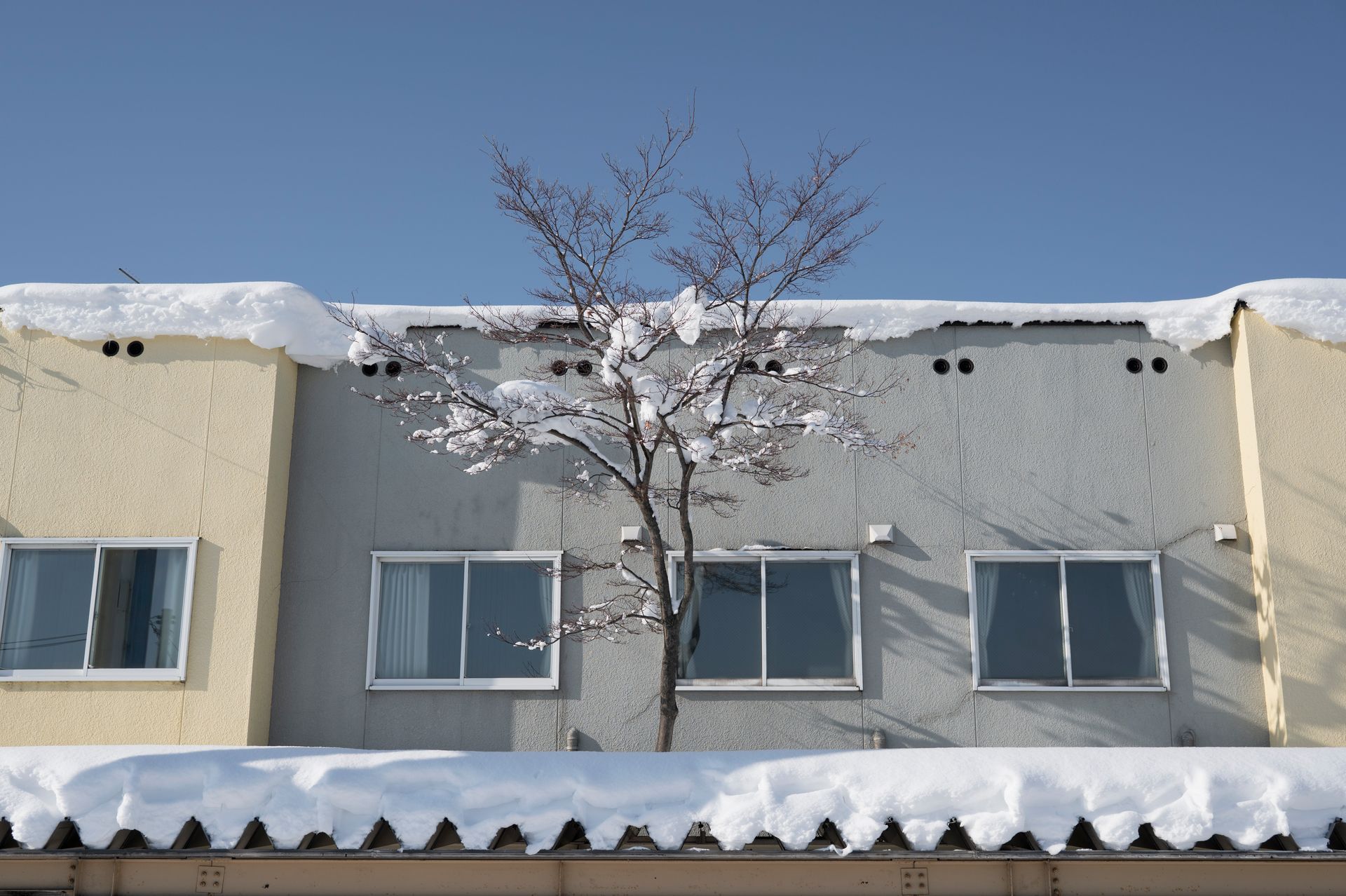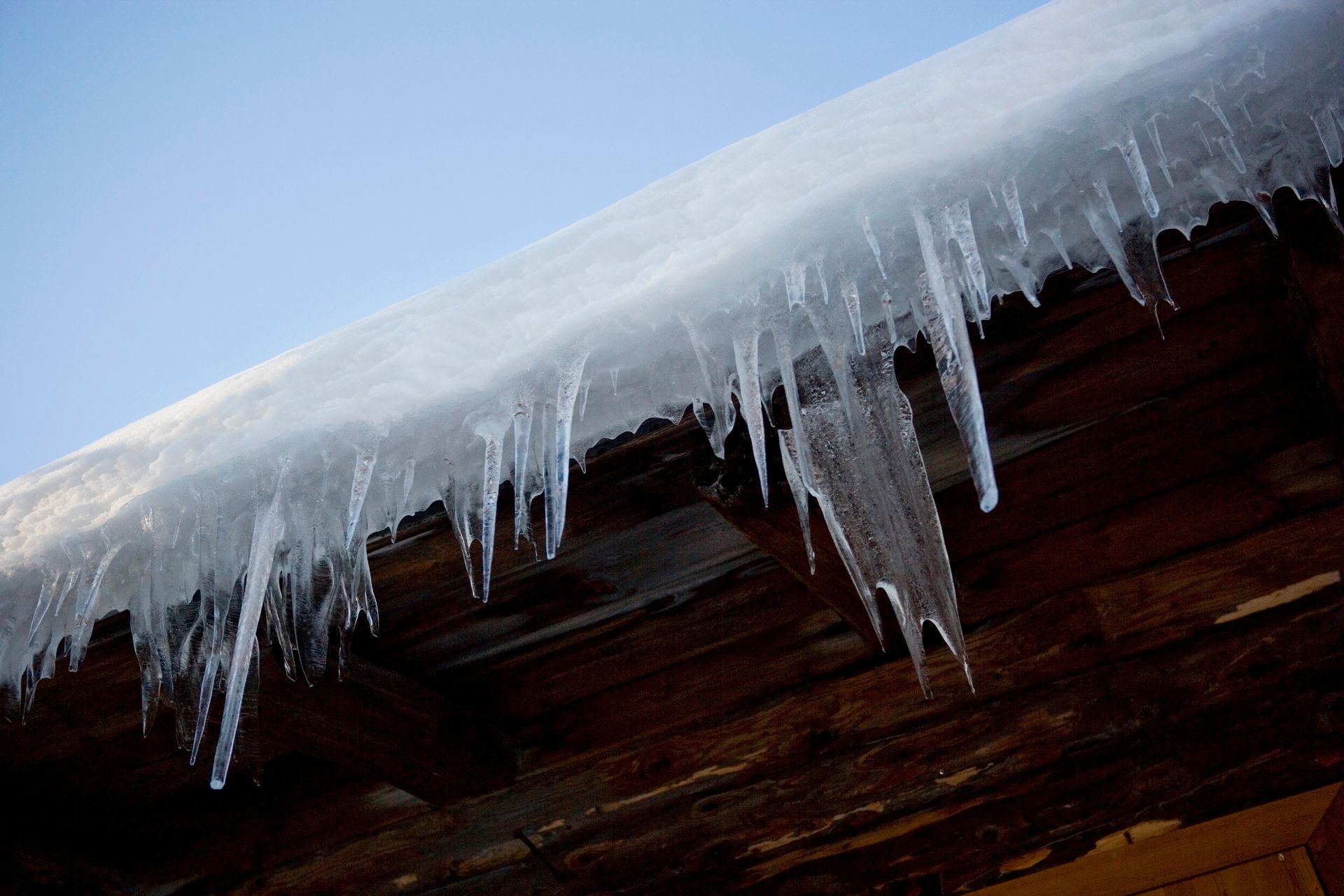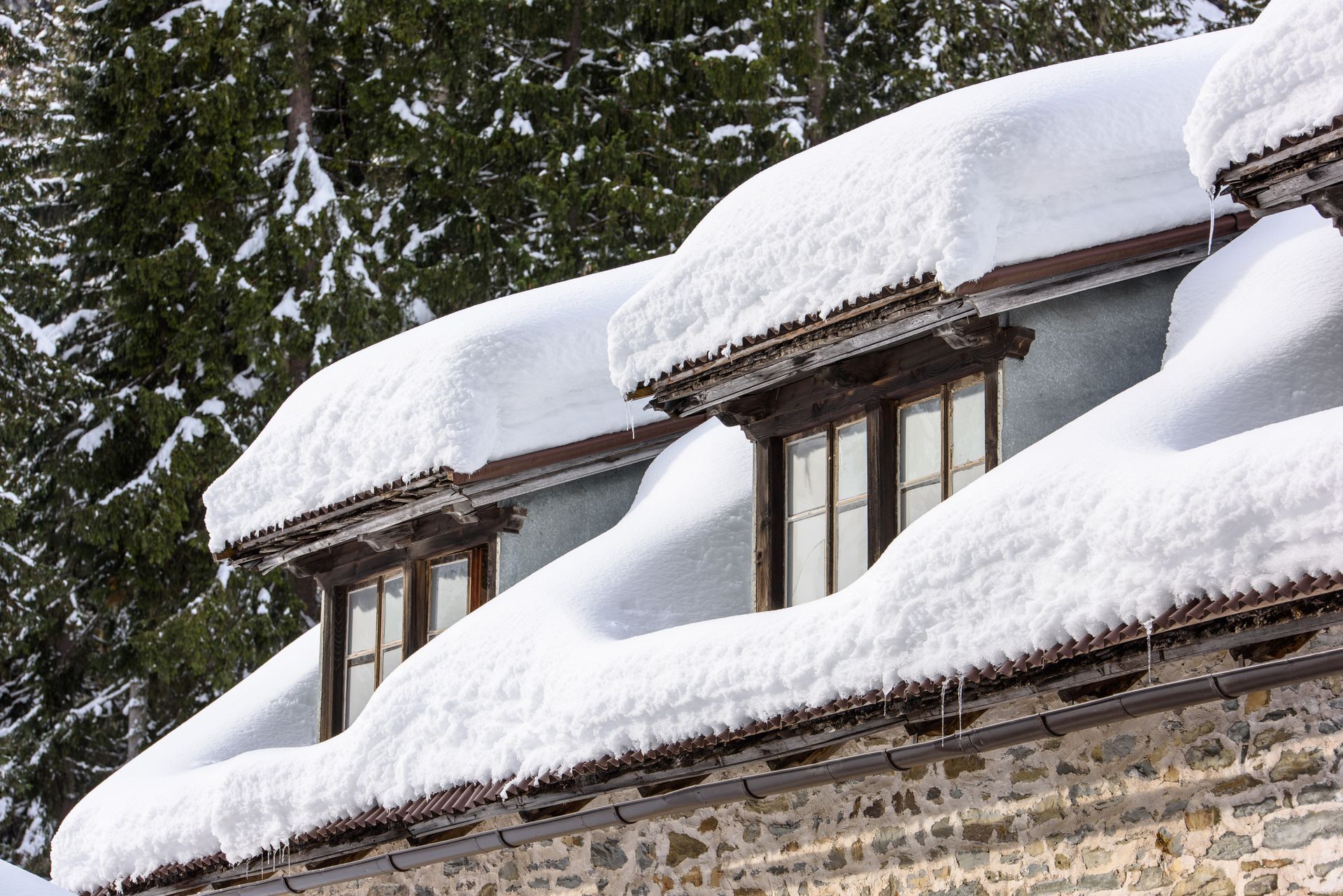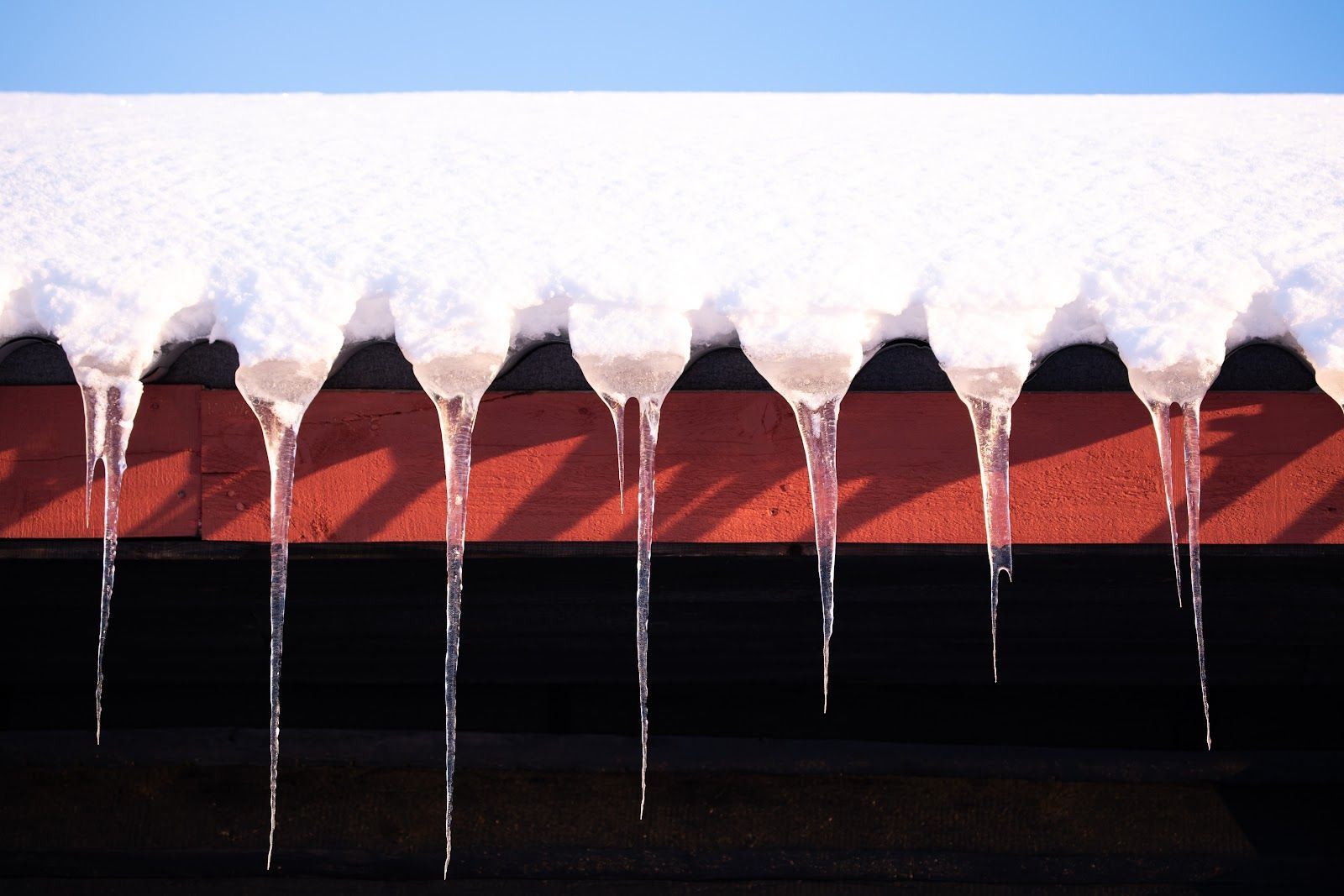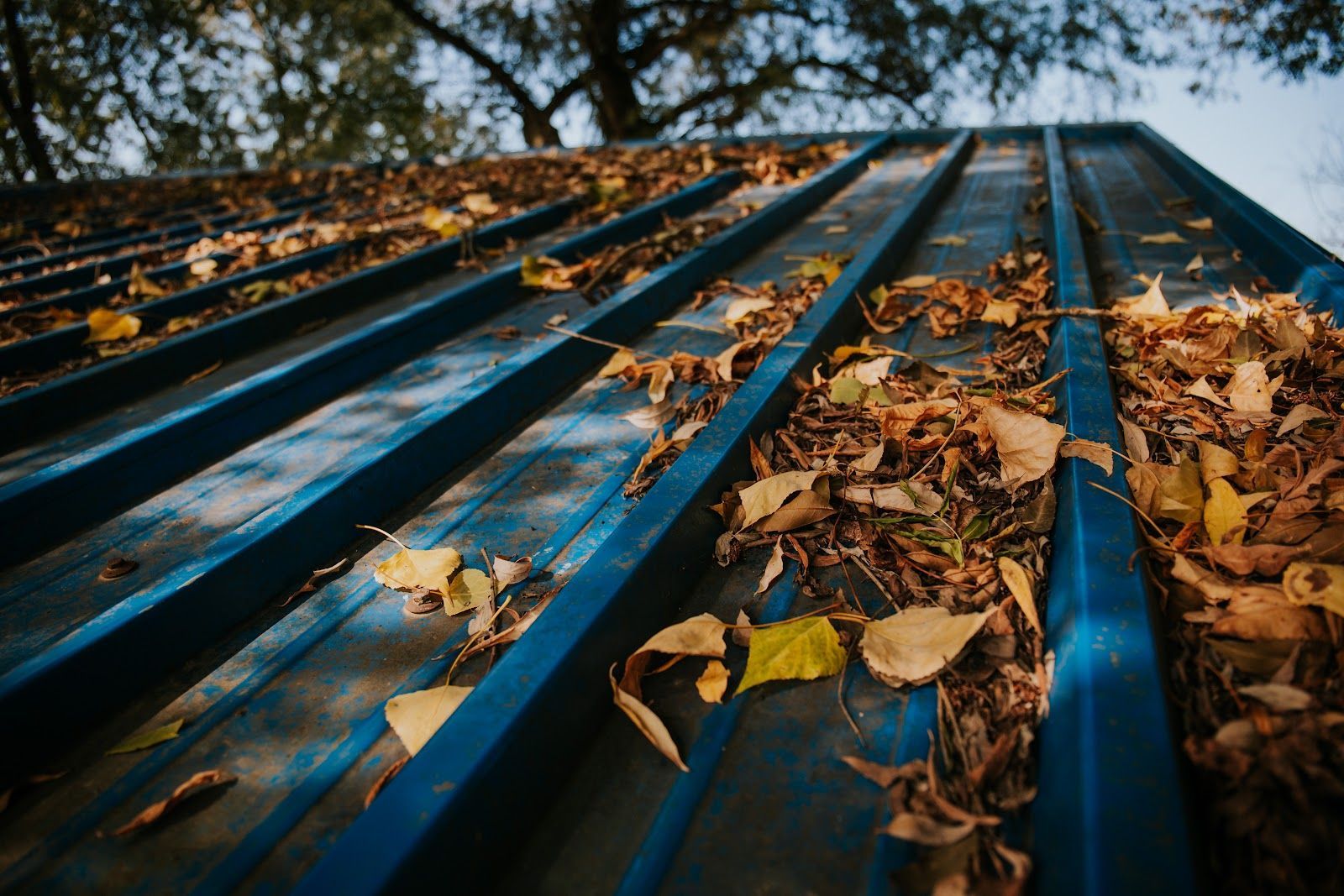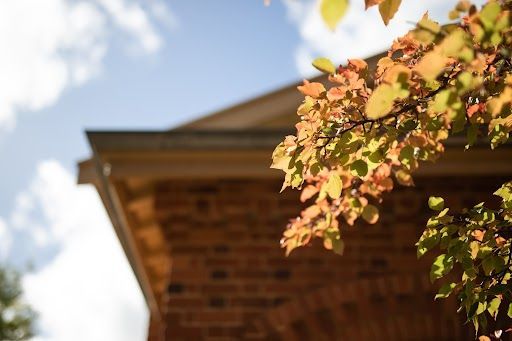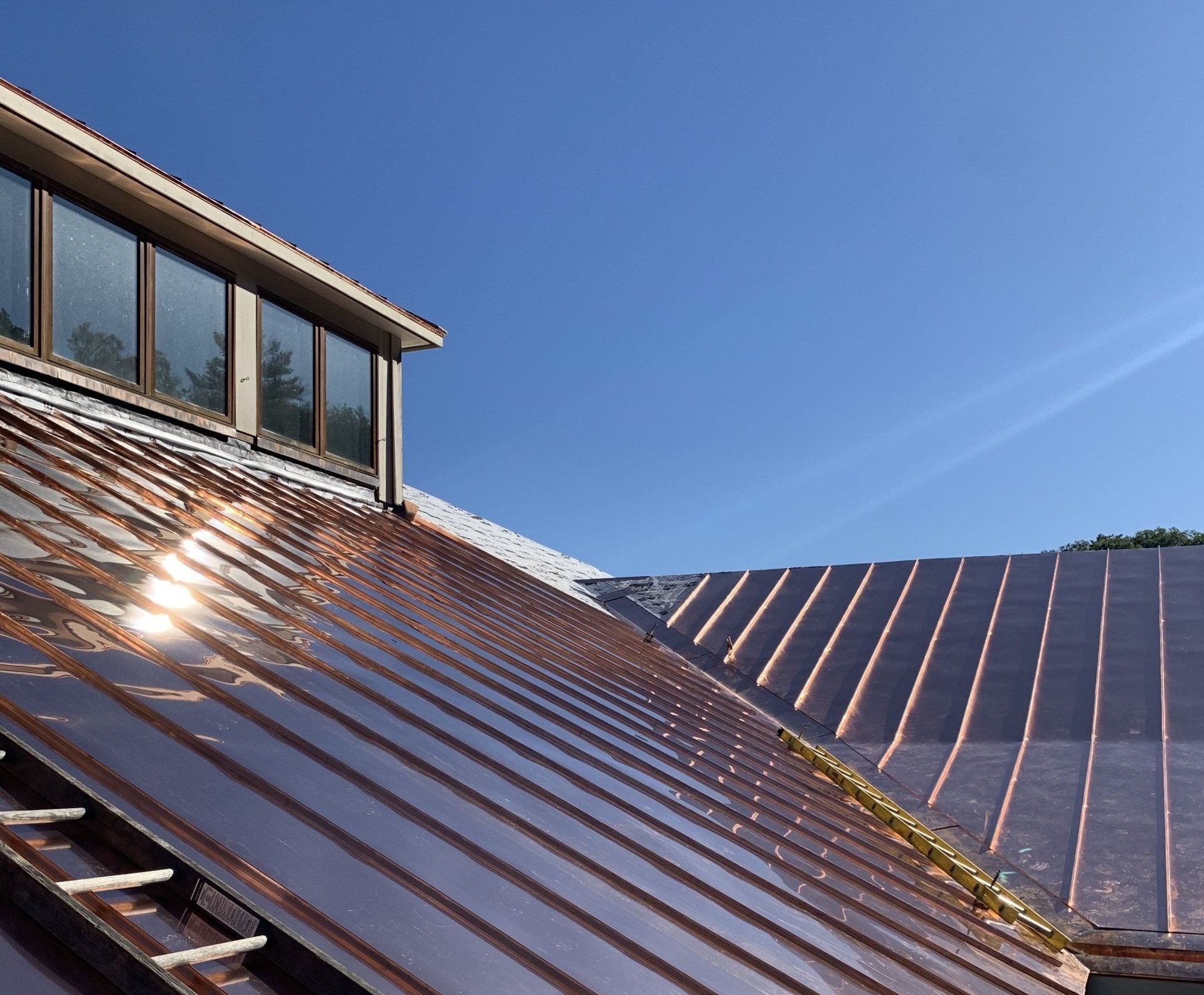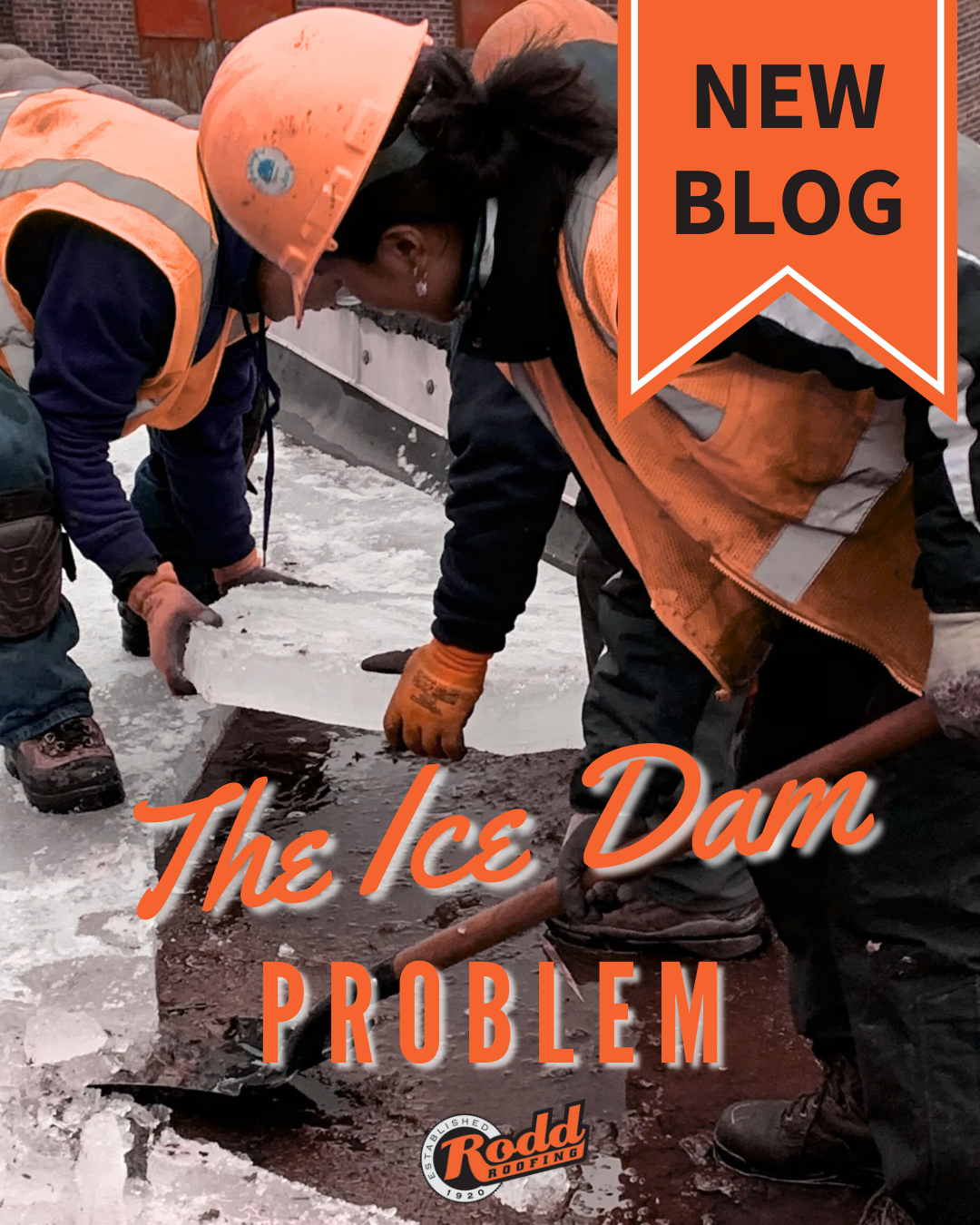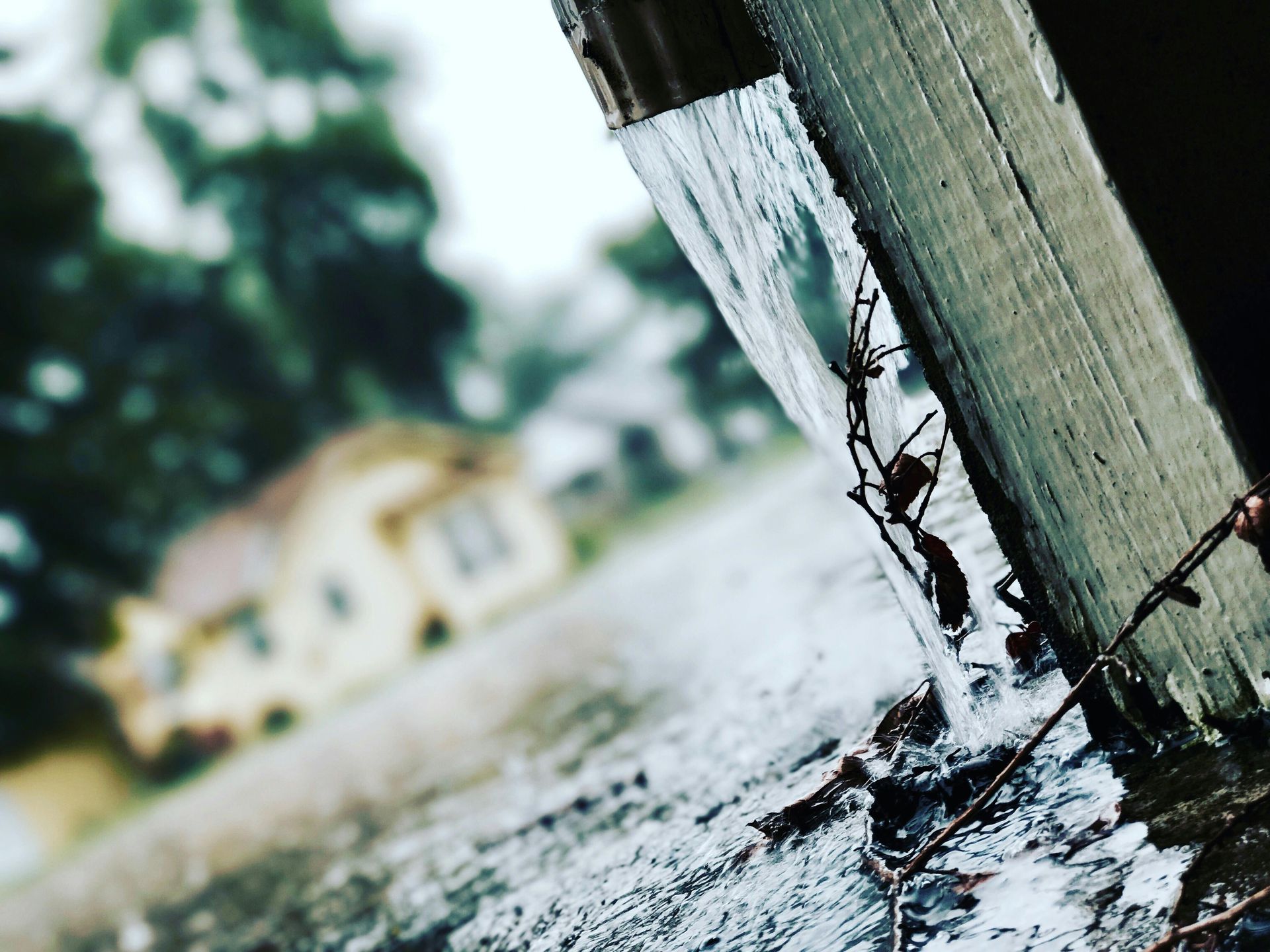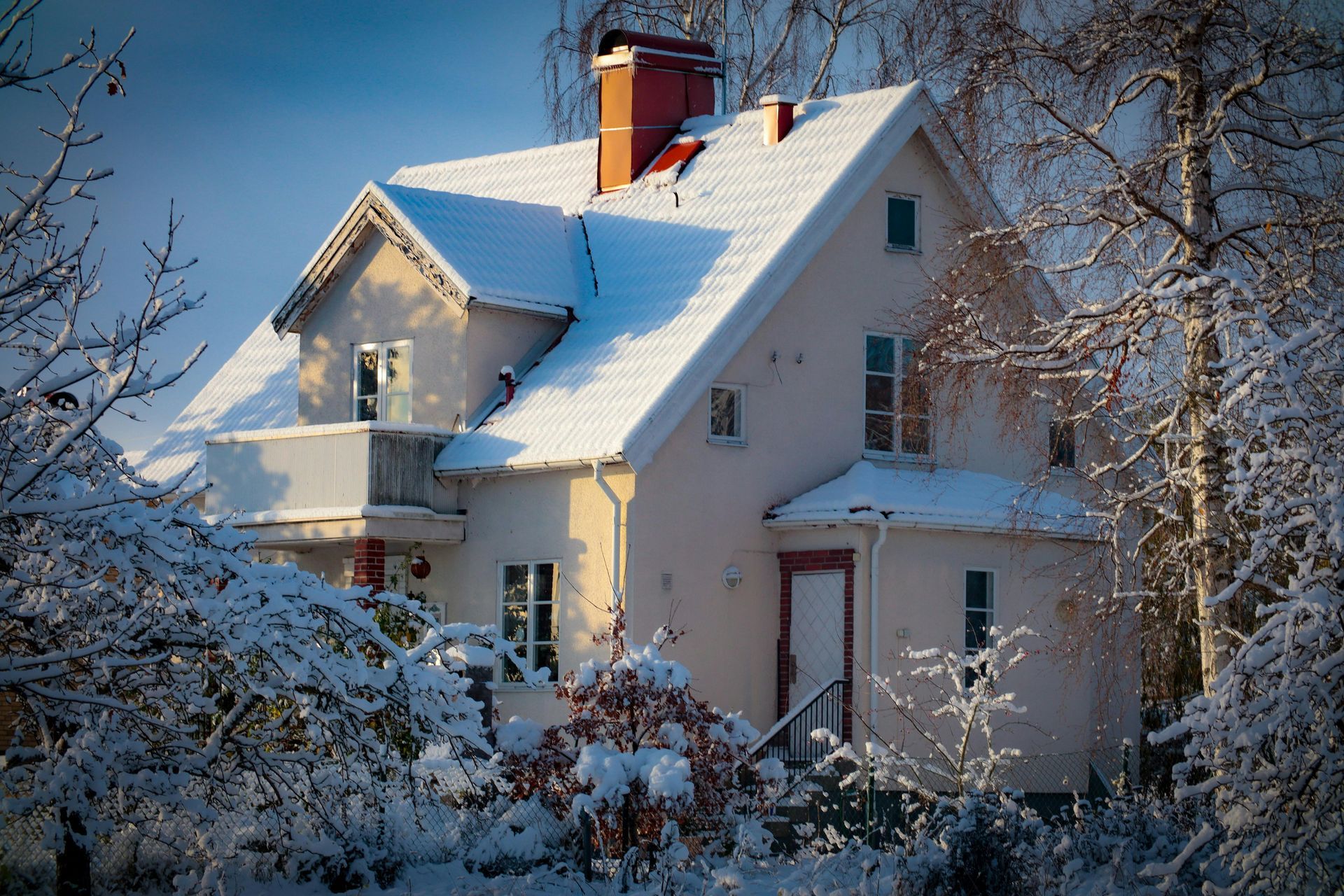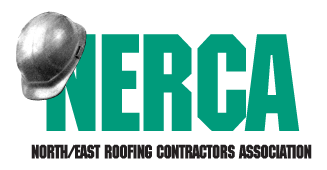Flat Roofs in Vermont: Special Challenges and Seasonal Care Tips
Why Vermont Flat Roofs Need Seasonal Professional Care
Flat and low-slope roofs are common across Vermont and New Hampshire in both commercial and residential buildings. While these roofing systems offer structural and economic advantages, they also face unique challenges—especially during the winter months. Snow load, ponding water, freeze-thaw cycles, and poor drainage can all take a toll if the roof isn't properly prepared and maintained.
Here’s what building owners and facility managers need to know to protect their flat roofing systems before and during winter.
1. Ponding Water: The #1 Threat to Flat Roof Longevity
Flat roofs are especially vulnerable to water accumulation after rain or snowmelt. Without proper drainage, standing water (or “ponding”) can lead to:
- Membrane deterioration
- Structural stress
- Mold growth
- Costly leaks
Rodd Roofing Tip: Before winter, inspect for low spots or pooling. Solutions like tapered insulation or added slope systems can improve drainage. Also, ensure all roof drains are clear and functioning.
2. Snow Load Risks on Flat Roofs
Flat roofs bear the full weight of snow without the natural shedding effect of steeper roofs. Vermont winters often deliver heavy snow that can exceed structural load limits if not cleared in time.
Rodd Roofing Tip:
Work with a roofing professional to assess your roof’s snow load capacity. Use roof rakes or hire qualified snow removal services to clear heavy accumulations safely.
3. Drainage System Maintenance
Improper drainage leads to more than just ponding. Ice can block drains, downspouts, and scuppers, forcing meltwater to back up, creating hazardous ice dams and potential leaks.
Rodd Roofing Tip:
Before the first freeze, clear all gutters, internal drains, and downspouts of debris. Check that all drainage components are sloped correctly and securely in place.
4. Freeze-Thaw Cycle Damage
Vermont winters bring wide temperature swings. This constant expansion and contraction wreaks havoc on roofing materials, causing:
- Split seams
- Cracked coatings
- Delaminated membranes
Rodd Roofing Tip: Inspect all seams, flashing, and penetrations. Reinforce weak areas with cold-weather-rated sealants. Look for bubbling, blistering, or edge separation in your membrane system.
5. Interior Impact and Insulation Concerns
Neglecting flat roof maintenance doesn’t just affect the exterior. Moisture infiltration can cause:
- Interior ceiling damage
- Mold growth
- Energy loss due to wet or compressed insulation
Rodd Roofing Tip: Check for interior signs of leaks, like stains or sagging. Ensure your roof insulation is dry and maintaining its R-value. Saturated insulation significantly reduces energy efficiency.
Trust Rodd Roofing for Winter-Ready Flat Roofs
Flat and low-slope roofs in the Northeast demand expert care—especially in winter. Proactive fall inspections and targeted maintenance are the best way to avoid:
- Emergency repairs
- Property damage
- Business interruptions
At Rodd Roofing, we specialize in commercial flat roofing systems built for Vermont conditions. Our fall service packages include full inspections, documentation, and recommendations tailored to your property.
Prepare your flat roof for Vermont’s winter! Call us at 802) 748-4555 or email us to request a seasonal inspection or free quote!
